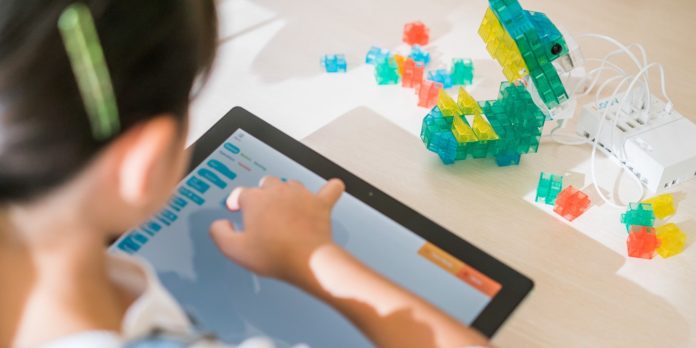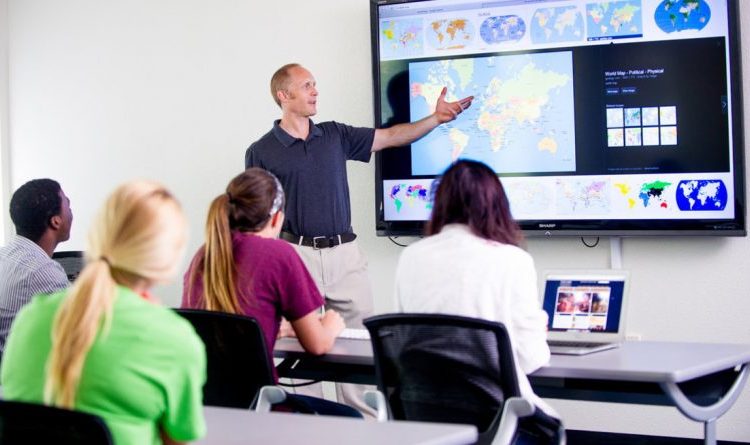
One can give a thousand answers to the question, what is the main problem of education, but, usually, it is very trivial. Humanity does not use cutting-edge technology to teach the kids of Generation Z. Nowadays, the methods of teaching that were useful 20 years ago are no longer valid.
Thanks to the massive online courses, people can learn from the best teacher in the world and extend his course to an infinite number of people, to hundreds of thousands, to millions of people around the world. This is a super fundamental thing that will allow people in the next 10-15 years, to provide a very high-quality education to a huge number of people.
The transition from passive to active learning

The science of learning has studied a lot of learning and very little has been discovered. However, one thing is set for sure – only active learning is effective. Moreover, passive learning in principle does not happen. Passive learning is not learning, but its imitation.
The problem is that the classical format of schooling and teaching at the university is passive. A lecture, a teacher or a teacher’s story about something is inefficient. Moreover, we all know that. Everyone knows about these studies, but universities and schools continue to be built on old principles.
A fundamental thing is happening now – universities are giving up on this. The massive online course is only the first step (albeit primitive). Education together with new technologies makes a big difference today.

The next step is mobile, mobile applications that have already launched most of the mobile platforms, including Prometheus. Next is virtual reality, the ability to view interactive schemes, schemes of molecules, and the whole class to manipulate them. This is an augmented reality – when we can display an image on a real space (via a smartphone, a special application, or through augmented reality glasses). And this is very important because the teacher can display an interactive map that the whole class sees, and the whole class will be able to manipulate this map: watch, zoom in, rotate it and so on. This is the real way of how can technology improve education.
Eventually, people will receive applications that will analyze the world in front of us through augmented reality glasses and design training instructions. One will see food in the refrigerator, and one will be offered recipes on how to prepare them; a visual demonstration of what to do with these products in order to make one or another dish out of them.
Many people have heard the expression that the data is the new oil. For education, perhaps this is even more true than for many other industries. We know little about how people learn. We do not know how people leaf through a textbook, how exactly they prepare for lessons, how they prepare for exams, why they know something and something they do not. We do not know if they are listening to the lecturer. There is analytics in various online learning formats, mobile learning. Every second person statistically stops watching a lecture after 20 minutes, and we understand that, obviously, there is a big problem at this moment. We can watch this lecture in manual mode, and say: well, here something that is not clear or very boringly explained, for example.

After that, we can make new versions of lectures, distribute them among the listeners and check which of the options will look improved. We are so accustomed to non-personalized learning that we do not notice the absurdity of this situation. Take, for example, mathematics: we have two weeks to study linear equations. The student studied the linear equation for a week, you are bored, uninteresting, but you have to continue to sit in class. Student wants to go further, but they do not have a chance to. For this purpose, ICT is needed to get back that spark for education. Students will not be obliged to write their Pro-Papers just as it is pre-written in the methodological complex. Students can go online and submit the paper when convenient and if convenient. This also helps to improve education via technologies.
As for the horizontal structure of learning: the idea that learning should be limited to the walls of an educational institution, school or university, is becoming obsolete. There are, for example, Minerva Schools, the newest university in the USA, which was founded by the former administrations of Stanford and Harvard. This university for three years of existence has a greater competition than Harvard and Stanford. They do not have a campus, every semester students come to another city. All education is done online. It should be noted that it is this kind of education that humanity will see in the coming years.








